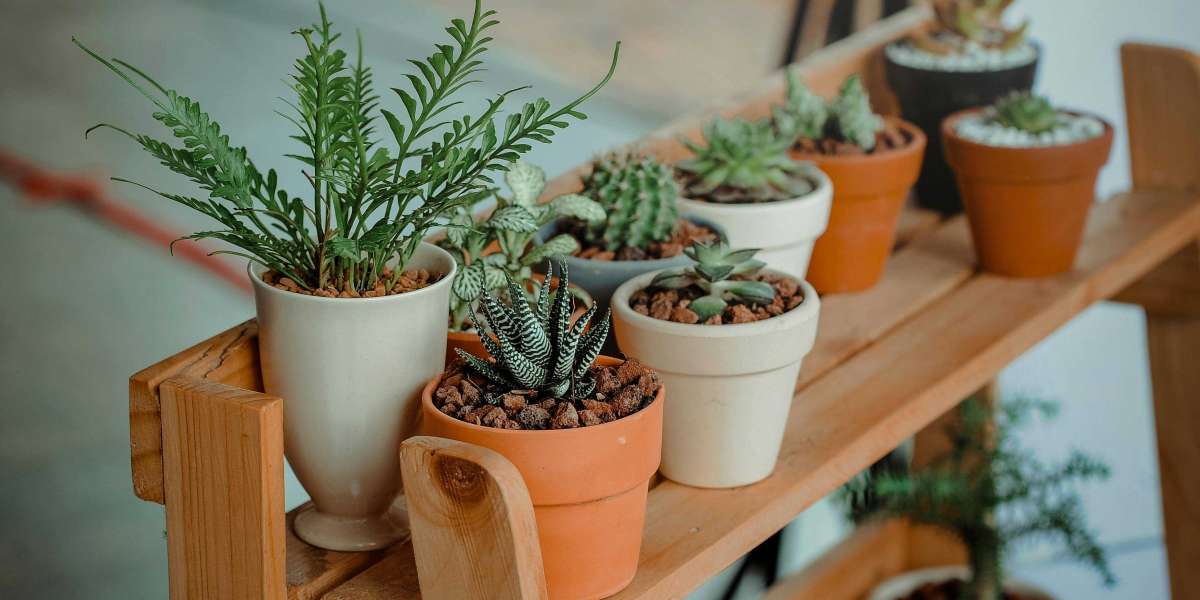Ideal Advice: Growing Plants in Pots to the Soil
Transition of Potted Trees
Planting a sapling in a container and subsequently transferring it to the soil is a great method to give the sapling a head start in its development. It enables the sapling to establish roots in the container before moving to its permanent spot. This ensures that the sapling will have a better chance of surviving and flourishing in its new environment.
Benefits:
Gives the sapling a head start in its development.
Allows the sapling to become well-established in the container before being relocated.
Ensures that the sapling will have a better chance of surviving and flourishing in its new environment.
Nevertheless, it is important to realize that a sapling can only be in a container for a certain length before it needs to be transplanted into the soil. Usually, a sapling can be in a container for one to two years before it should be planted in the soil. Yet, this time frame can vary depending on the species and its root growth.
Key Takeaways:
A sapling can remain in a container for one to two years.
The time frame can change depending on the species and its root growth.
Plant Transplanting
The best time to relocate a potted sapling outdoors is during the beginning of spring or autumn when temperatures are mild and the sapling is not in active growth.
This will provide the sapling with the optimal opportunity to survive and thrive in its new surroundings.
To prepare the soil, begin by digging a hole that is twice as wide and deep as the container. This will give the roots ample room to spread out.
Next, place compost or organic matter in the hole to enhance soil quality and promote proper drainage. Doing so will assist the sapling in establishing itself and growing strong.
Earth Basics
While saplings can grow well in containers for a limited period, they generally need more space for root expansion and nutrient absorption. Therefore, it is crucial to eventually plant the sapling in the soil for long-term growth. This will give the sapling the space it needs to thrive and will ensure that it has access to the necessary nutrients for healthy development.
Key takeaways:
Saplings need more space for root expansion and nutrient absorption.
Planting the sapling in the soil gives it the space it needs to thrive.
Planting in the soil ensures access to necessary nutrients.
Perfect Soil Mixture
When planting the sapling in the soil using the right soil mix. A blend of site soil and some well-rotted compost is ideal. This will provide the sapling with the right balance of nutrients and moisture. It's crucial not to use too much potting mix as this can hold excessive water and lack stability.
Soil Mix
Benefits
Soil from planting site
Provides nutrition
Well-rotted compost
Provides water
Potting mix
Retains too much moisture
Container Trees
When it comes to watering, potted saplings could need more frequent hydration than those planted in the soil. This is because potted saplings have limited soil volume and are able to dry out faster.
It is important to monitor the soil moisture frequently and water as needed to keep the soil moist, but not saturated.
Tree Removal Techniques
When removing a sapling from its container, lightly tap the sides to release the soil and roots. Carefully slide the sapling out, being cautious not to damage the roots. If the sapling is root-bound, you might have to lightly score or trim the roots. This will help the sapling take root in its new spot and ensure that it has enough room to grow.
Instructions:
Gently tap the sides to release the soil and roots.
Gently slide the sapling out, being cautious not to damage the roots.
Gently score or trim the roots if the sapling is root-bound.
Source:
How to Move Your Plants the Right Way: Tips for Acclimating and Preparing for a Move








